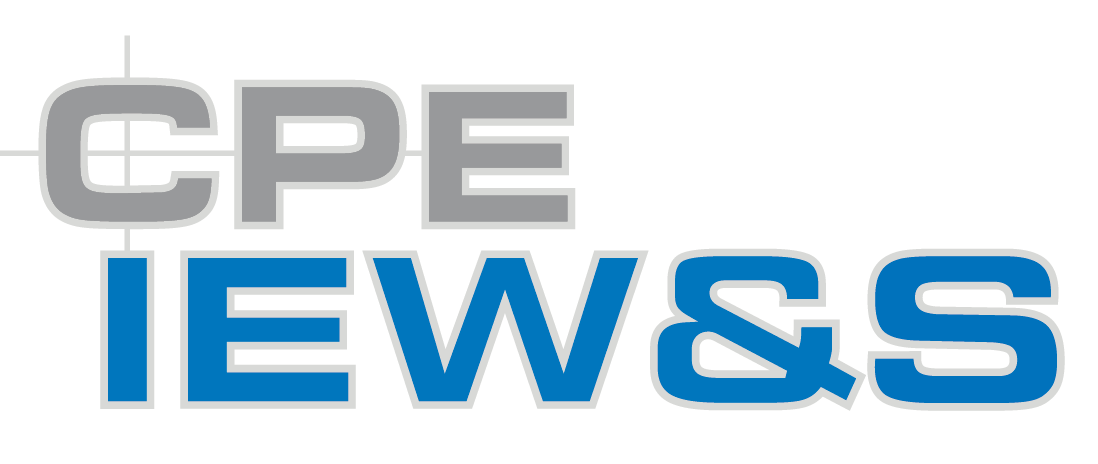Members of the aviation community gathered for the 35th time to participate in the Army Aviation Association of America (AAAA) Aircraft Survivability Equipment (ASE) Symposium, with the goal of developing life-saving solutions for the Aviation Soldier and their passengers.
More than 200 members of the acquisition, tactical air operations and industry communities descended upon Huntsville, AL to collaborate on solutions centered on “enhancing aviation survivability in Multi-Domain Operations.”
Kicking-off the two-day event, Maj. Gen. (ret) Jeff Schloesser, AAAA President, pointed out that throughout the history of the event, the collaboration that takes place during the symposium has been key to life-saving improvements in the ASE environment.
“This forum is a resource, for our Army and our Branch, that has often resulted in real-world material and training solutions that helped us save countless lives on the battlefield all around the world,” said Schloesser. “We are looking out to ensure we have ASE overmatch capability today, tomorrow and into the future.”
Staying ahead of the power curve in relation to countering future threats was a common theme of discussion for both the users and acquisition professionals in attendance. Avoiding the struggles that Army Aviation faced from an ASE perspective during the on-set of the wars in Afghanistan and Iraq and pacing future threats were particular points of emphasis.
EThe need for ASE solutions to be developed quickly and be easily adaptable was amongst the primary messages from Maj. Gen. David Francis, Commanding General U.S. Army Aviation Center of Excellence.
“We have an opportunity to modernize before we get to a point where it is catastrophic,” said Francis. “We absolutely have to re-think how we address survivability problems in Army Aviation — in the past as we encountered a threat we would study that threat, we would develop countermeasures, but it was years in the making. We don’t have that luxury anymore, we have to absolutely be able to advance from a threat agnostic point of view to be able to rapidly integrate ASE solutions into our systems.”
As a call to action for those in attendance, Brig. Gen. Robert Collins, Program Executive Officer — Intelligence, Electronic Warfare & Sensors, emphasized the need for ASE solutions to fit within the open architecture framework.
“An open systems architecture allows us to keep pace of the threat. It affords us the ability to perform agile technology evolutions while driving SWaP (Size, Weight and Power) and cost down,” said Collins. “As part of this endeavor it will allow industry to have increased opportunity for competition.”
He also encouraged industry to investigate the application of survivability systems for ground platforms.
At the Project Manager level, there is a significant focus on increasing capability, reducing the SWaP burden on the aircraft and decreasing downtime.
“In order to get on our aircraft you need to have these considerations in mind: weight is always a concern and the more multi-spectral a system can be the better off it is,” said Col. Kevin Chaney, Project Manager Aircraft Survivability Equipment.
With SWaP a major concern, PM ASE is looking at opportunities to consolidate the number of processors needed to operate ASE systems, so that each individual ASE system doesn’t require its own processor, rather it can reside on the Aviation Mission Common Server. Additionally, they are looking into the ability to have just one A kit (mountings, cables, etc.) that would also drive down the weight burden on an aircraft.
WitFrom a downtime perspective, Chaney shared a look at a new modification initiative where 11 separate modifications are being made to Blackhawk aircraft at the same time. By performing a consolidated modification PM ASE along with partners from PEO Aviation are planning to reduce a previously combined 3000 hours for modifications to at least less than half that time.
In looking toward the future, Brig. Gen. Walter Rugen, Director Future Vertical Lift (FVL) Cross-Functional Team (CFT) listed survivability as amongst the four FVL tenants. “We will advance ASE to the point where the enemy cannot continue to turn inside of us with superior, cheaper technology and capability at a higher scale and lower cost. We’ve got to put the cost curve back on them.”
By Brandon Pollachek, PEO IEW&S Public Affairs Officer

